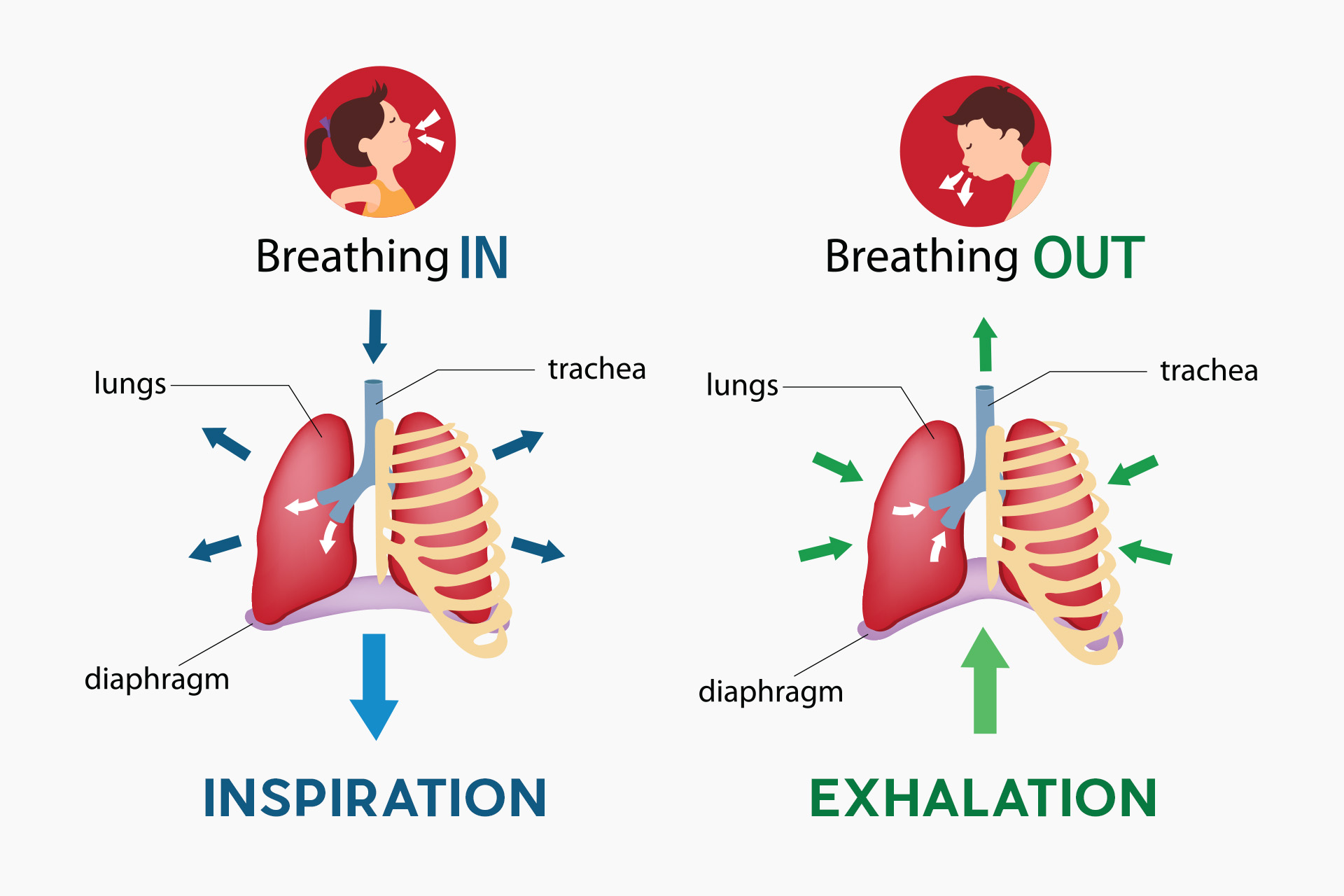
Belly Breathing
This blog post is an expansion of the breathing and dead bug videos I have posted for Thoracic Mobility Thursday #TMT.
Try This:
Lay on your back, knees bent, and place one hand on your chest, and one hand on your lower belly. Which hand do you feel rise when you inhale?
For most of us, the top/chest hand will mostly move. Belly breathing does not come naturally for everyone! This blog post will outline why we should learn to shift our focus to breathing into our belly.
- Goals of belly breathing:
- Shift away from breathing primarily with our chest/neck
- Expand our lower ribcage
- Utilize the potential of our diaphragm
- Stabilize the core
Postural Breathing Adaptations:
Being in a seated posture during the day causes stiffening in our lower ribcage and thoracic spine to meet postural demands. This impacts the lower ribcage, diaphragm, and abdominal muscles functions, which are important for optimal breathing capacity. When the lower ribcage does not expand properly, this increases load on the upper ribcage and thoracic spine. The upper ribcage, chest, and neck muscles have to work harder, and this often contributes to neck and upper back tension.
Why Shift to Belly Breathing?
Belly breathing trains the body to use the diaphragm – a key muscle for respiration and stabilization. See the image below for how this muscle functions during respiration:

During inspiration, the diaphragm contracts and flattens to make room for the lungs to expand, thus increasing pressure in the thoracic cavity. It returns to resting state during expiration. It is important to note that expansion of the diaphragm will not only expand your belly upward, but also out to the sides and backward. Think of it as a balloon expanding in all directions.
This is why when learning how to do this, wrapping the hands around the sides can help you feel if you are getting expansion in all directions. This pressure that is created from the inside, combined with the abdominal muscles on the outside, is optimal for creating a solid “brace” for our low back. This is important for daily movements and especially for training at the gym!
Research shows that the diaphragm has a dual role for respiration and stabilization, and interacts with important muscles of the abdomen. These actions combined are what created enough pressure to stabilize the lower lumbar spine. Research shows that individuals that do not use their diaphragm for stabilization are at higher risk to develop back pain.
The old abdominal “hollowing” or “suck in your belly button” does not engage the proper muscles to properly stabilize the low back and core. This compromises these areas under load.
So Why is Breathing Important?
To Summarize:
- Over time, we overutilize our upper ribs and chest muscles for breathing, and underutilize our lower ribs and diaphragm
- Belly breathing helps us learn to expand the lower ribs and utilize the diaphragm
- The diaphragm serves two important roles:
- Aids in respiration
- Stabilizes the spine
- The combined forces of the diaphragm (when utilized properly) and abdominal muscles creates a brace for the spine under load
- Aka: stronger back and core for lifting weights
References:
Dean Somerset
http://deansomerset.com/breath-the-forgotten-strength/Mike Reinold
https://mikereinold.com/core-stability-from-the-inside-out/Stuart McGill
http://www.backfitpro.com/pdf/selecting_back_exercises.pdf
More great content from our blog
Beyond the Horizon: Gratitude and Reflection as Our Health Chellenge Ends
As we come to the end of our four-week journey into the world of health... ...we want to say thank you for your participation this year. We hope each and every one of you found
Is It Worth It?
Is the idea of your perfect body, worth the trade-off? We HIGHLY recommend watching this video. (Click here) It gives really good context for the sacrifices needed to reach certain aesthetics. It's only 12 minutes
Exclusive Promotion: Ora Fitness and Yoga
Ora Fitness and Yoga With a wide range of services; including Group Training, Infrared Yoga, Spin, Personal Training, and Nutritional Coaching, there’s something for everyone at Ora! They offer a holistic approach to fitness and







Get Social With Us